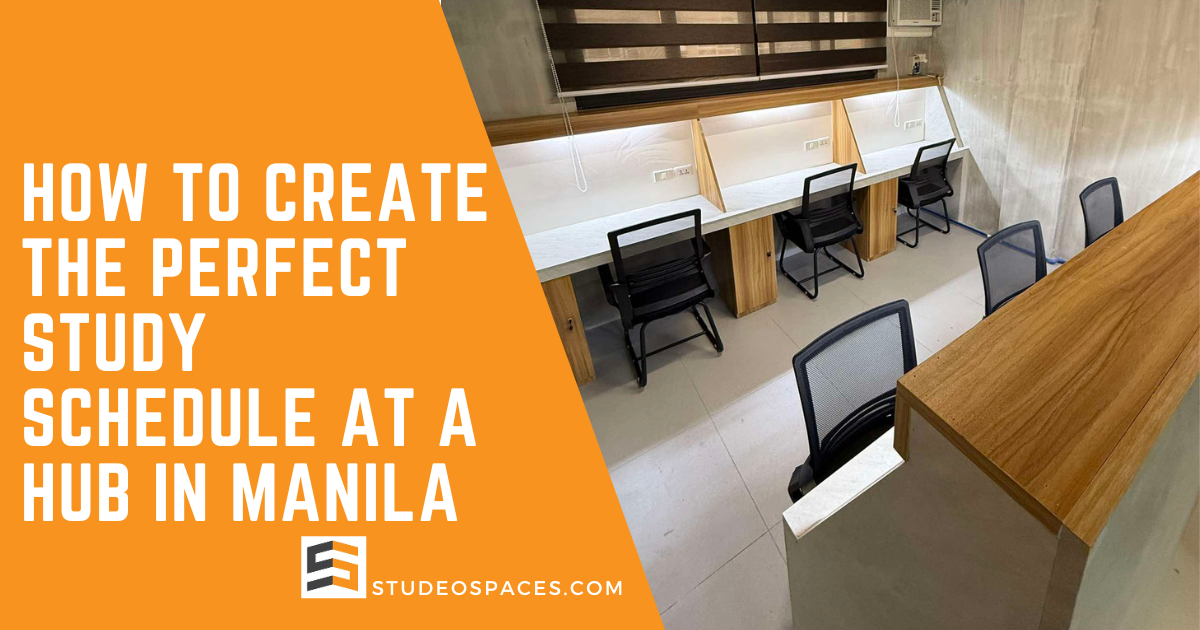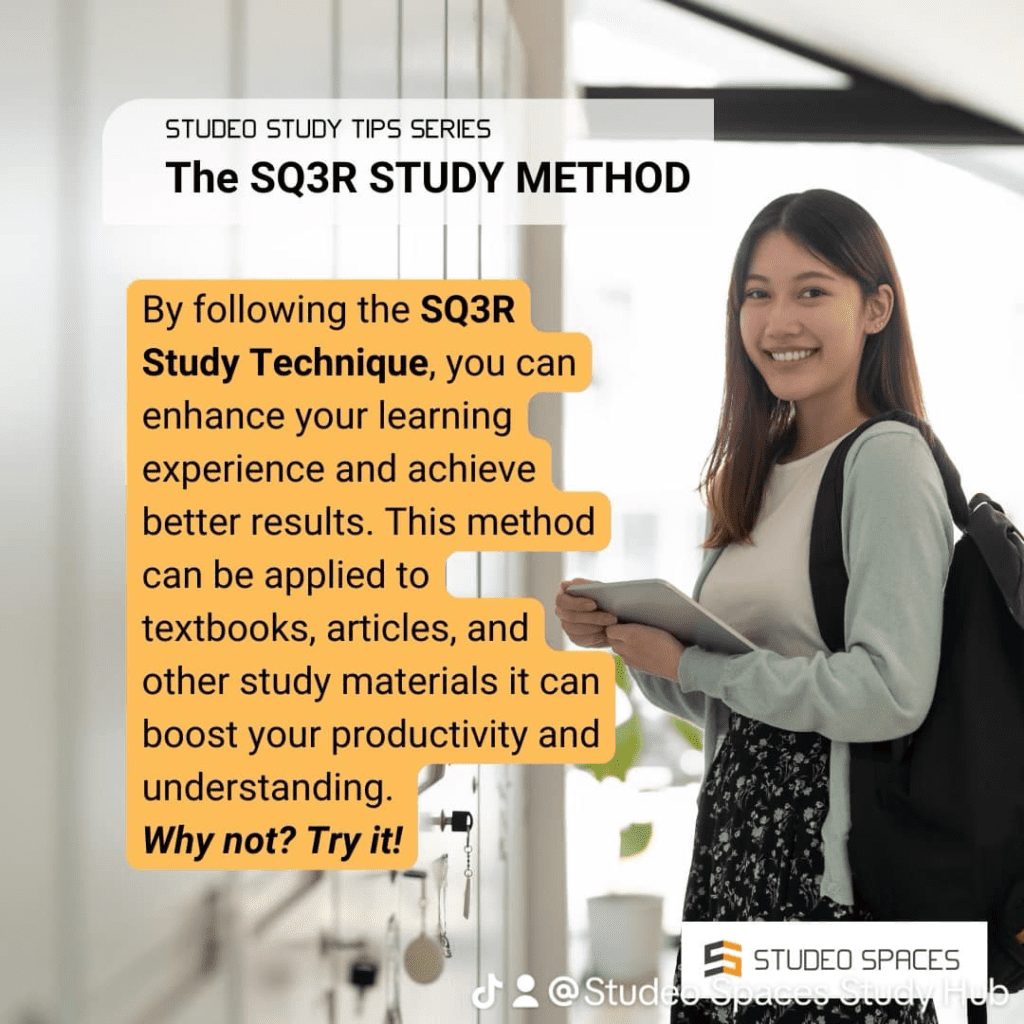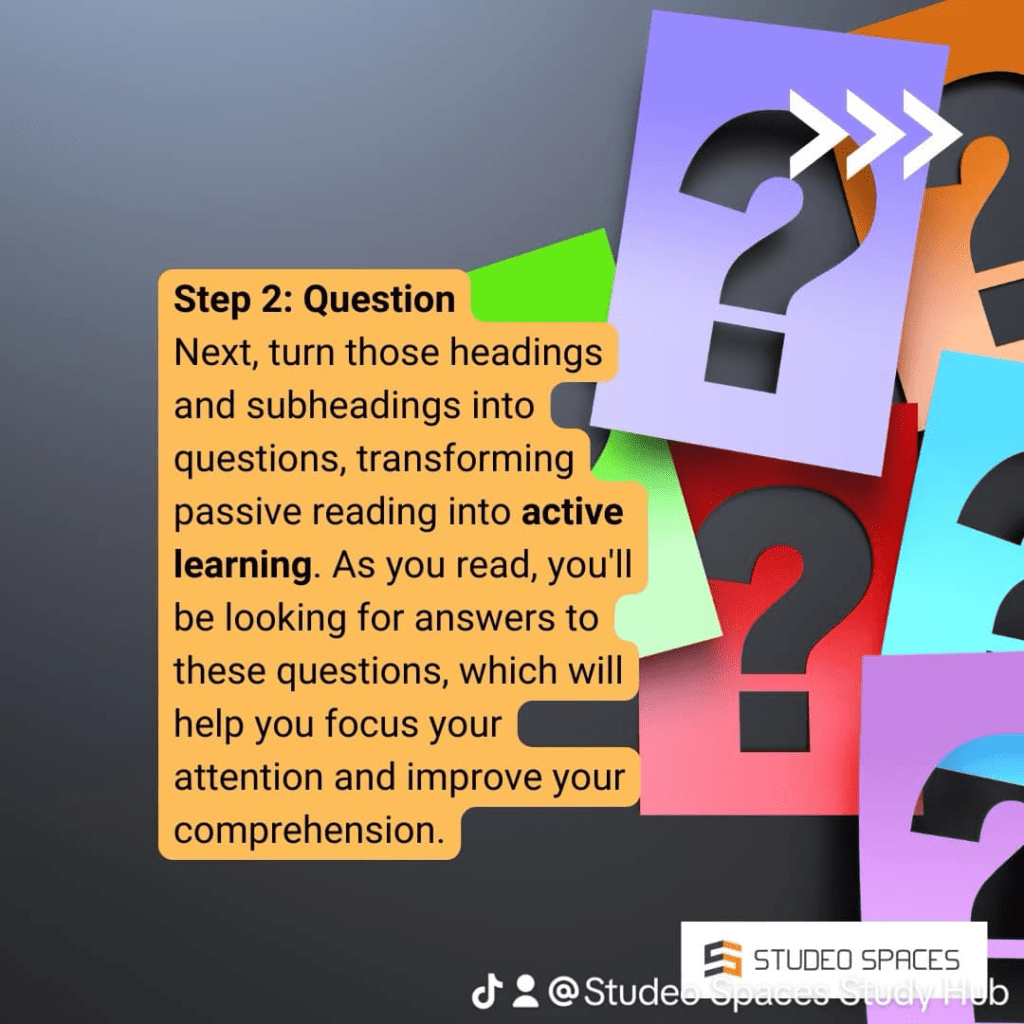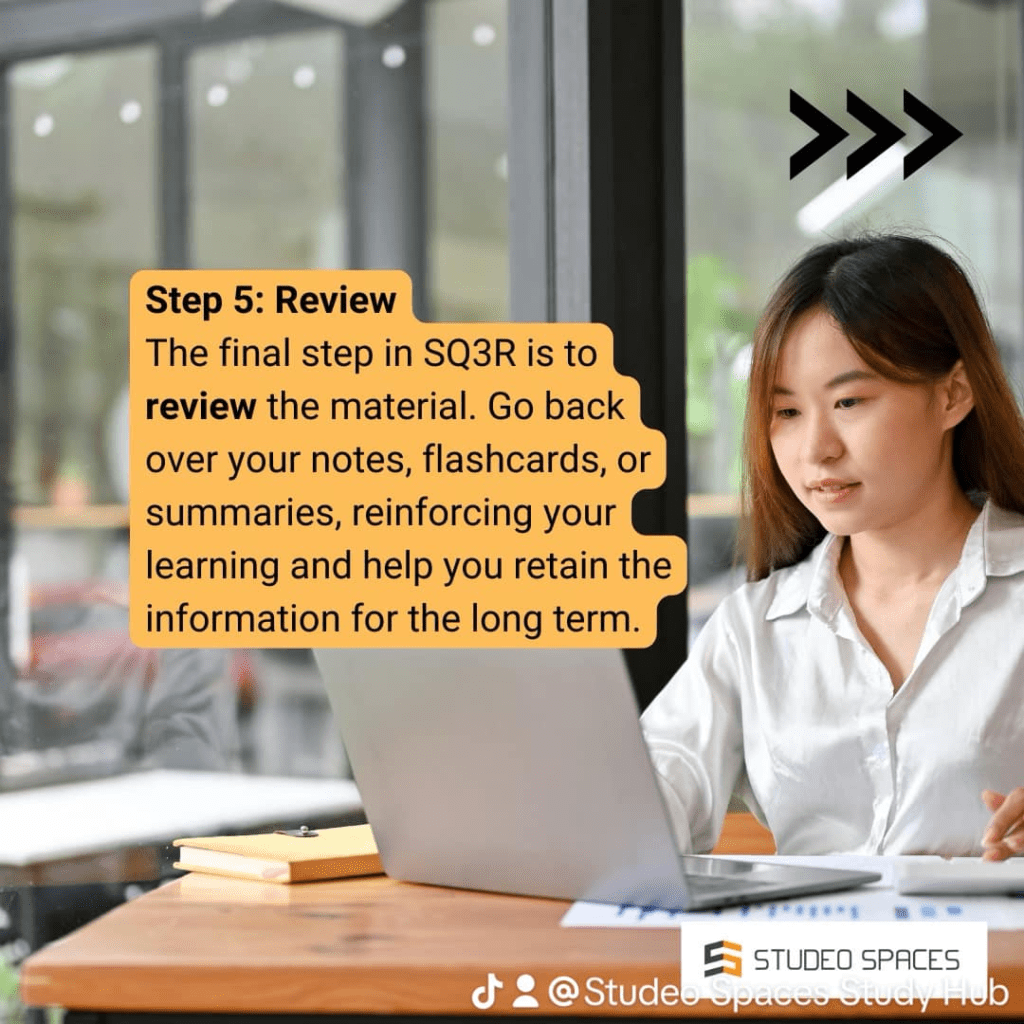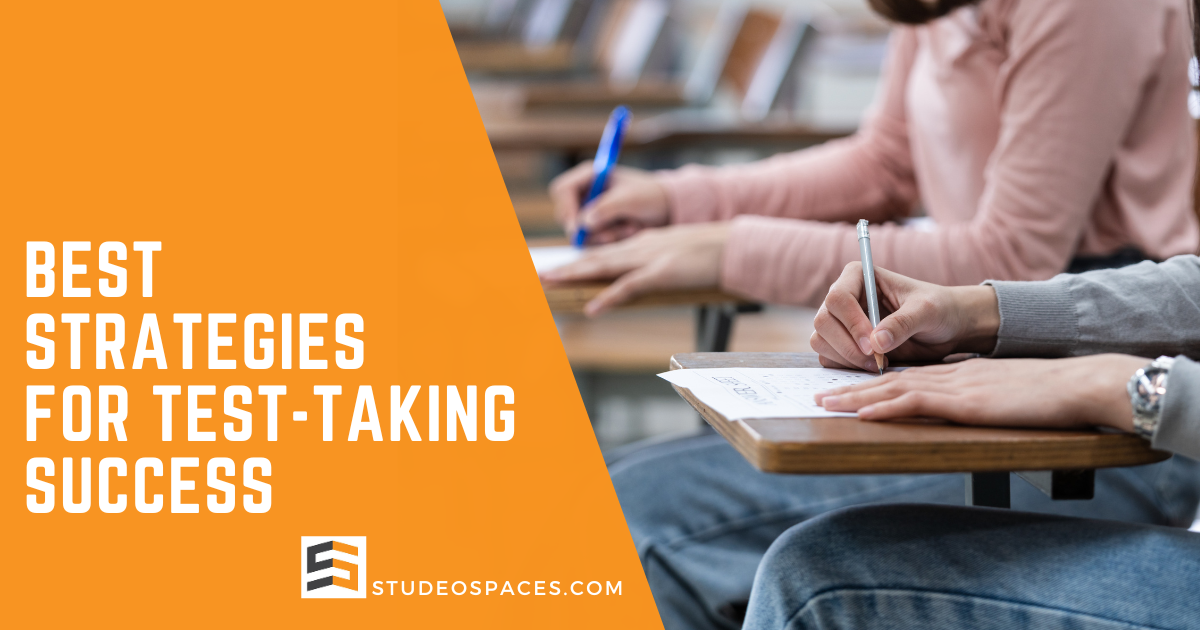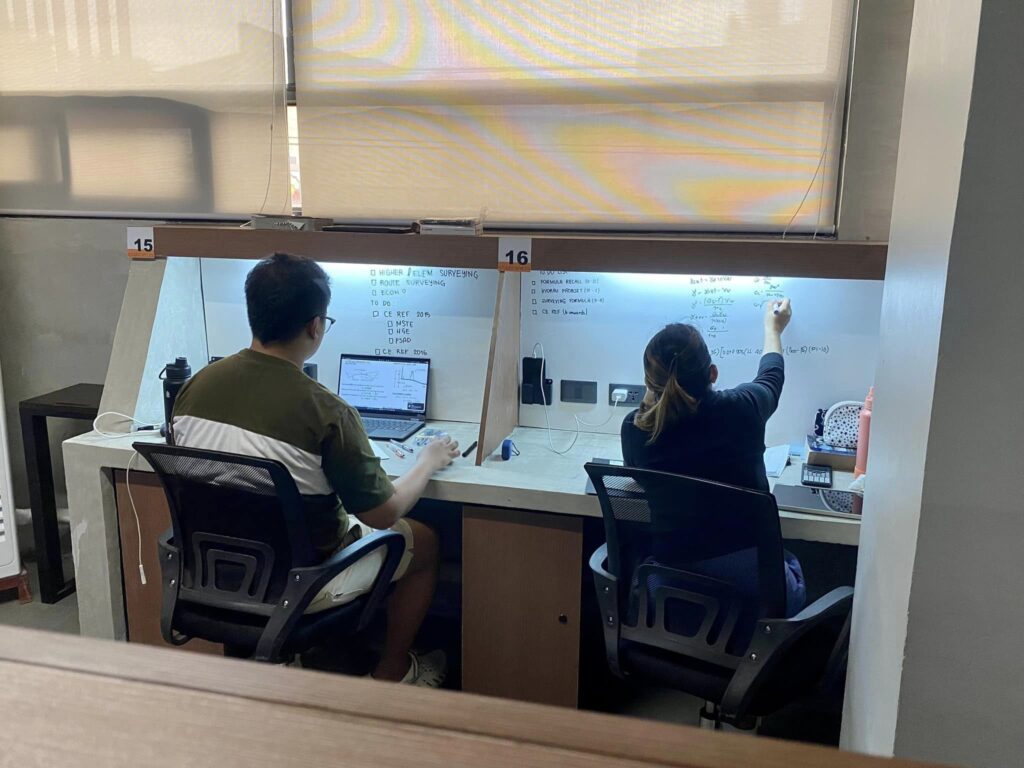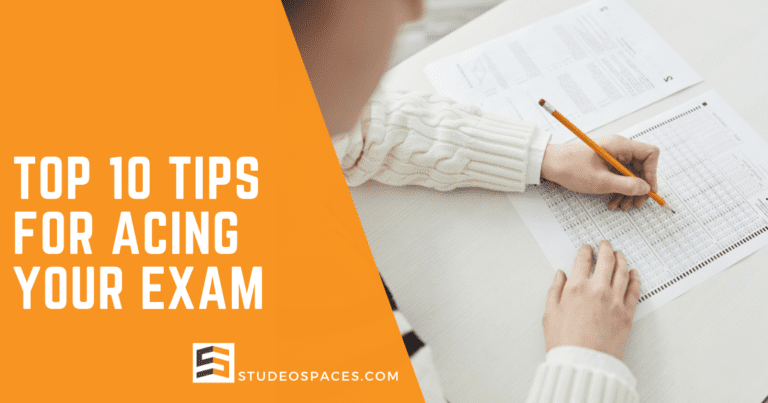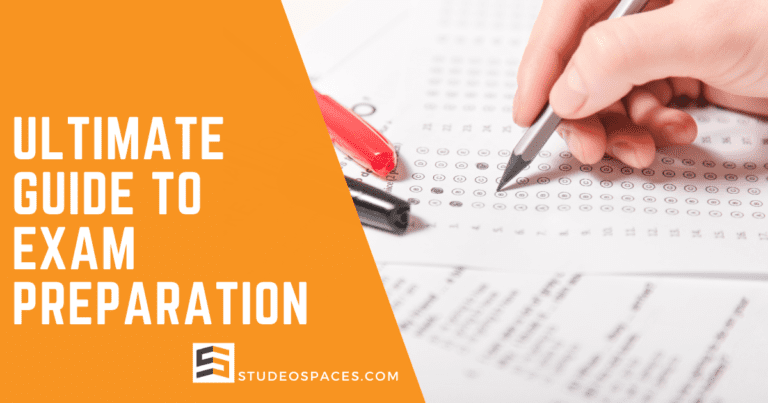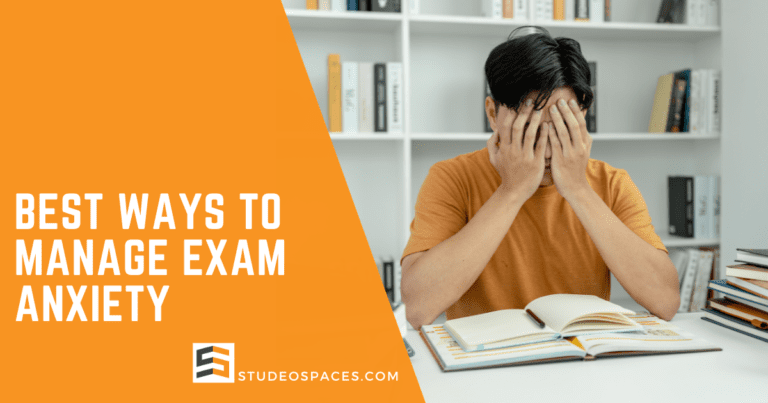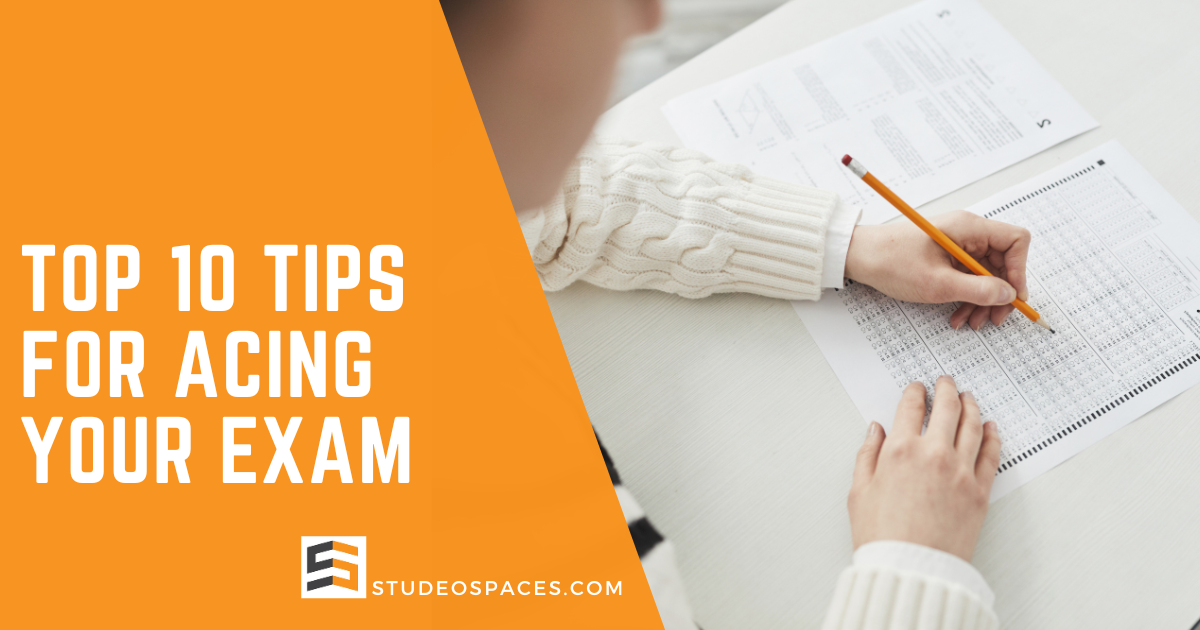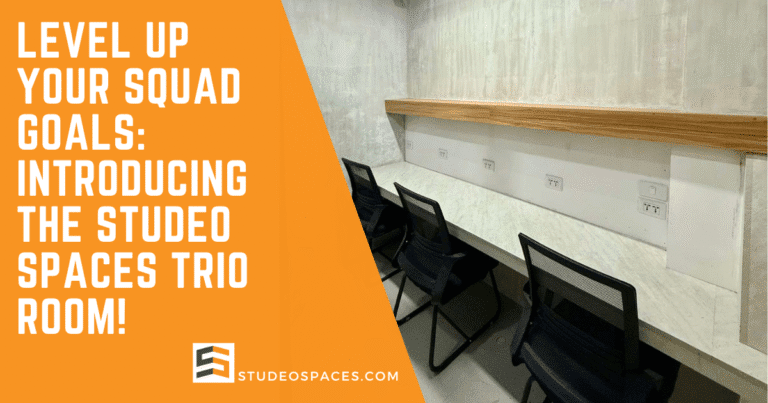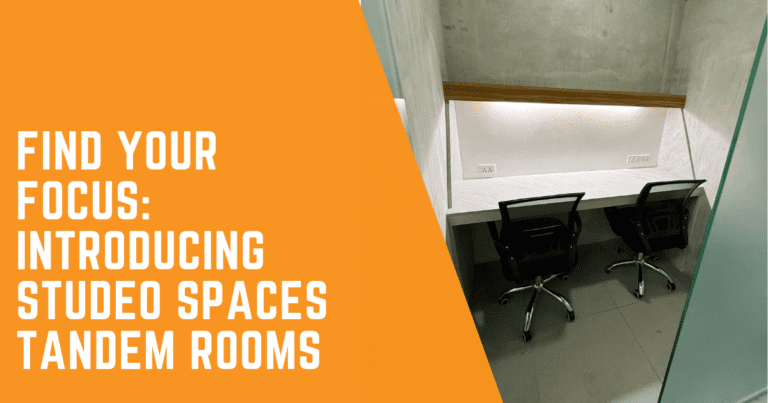
Most students struggle with effective study methods, often leading to stress and inefficient learning. They must adopt proven techniques that enhance retention and understanding to excel in exams. This guide presents 10 effective study strategies tailored for students preparing for exams or board reviews. By implementing these techniques, they can transform their study habits, reduce anxiety, and ultimately improve their academic performance.
Understanding Study Techniques
Before implementing effective study methods, students should grasp what study techniques are and how they can transform their learning experience. Employing the right strategies enhances information retention and alleviates anxiety commonly felt during exam preparation. Students should evaluate their current habits and be open to adapting new methods that align with their learning styles for better outcomes.
Types of Study Techniques
For successful studying, understanding the various techniques available is key. Here’s a breakdown of popular methods that students can explore:
| SQ3R Method | Enhances textbook comprehension. |
| Retrieval Practice | Boosts long-term retention via active recall. |
| Spaced Practice | Promotes learning over days or weeks. |
| Mind Mapping | Organizes information visually for clarity. |
| Feynman Technique | Facilitates deep understanding by simplifying concepts. |
Recognizing the diversity of these techniques can empower students to find the approaches that resonate with them.
Ten Effective Study Techniques and Methods:
- The SQ3R Studying Technique (Survey, Question, Read, Recite, Review) focuses on active reading comprehension to identify key facts and improve retention. SQ3R (or SQRRR) is an acronym for the five steps of the reading comprehension process.
- Retrieval Practice: This technique emphasizes recalling information from memory as a more effective learning strategy than passively rereading. Recalling an answer to a question improves learning more than looking for the answer in your textbook. Examples include using practice tests, creating unique questions, and actively trying to recall answers on flashcards before checking.
- Spaced Practice: Also known as distributed practice, this method encourages studying material over extended periods rather than cramming. It encourages students to study over an extended period instead of cramming the night before. The article provides a sample review schedule to illustrate this technique.
- The PQ4R Method (Preview, Question, Read, Reflect, Recite, Review): Similar to SQ3R, this method takes an active approach to learning by incorporating reflection on the material. It’s one of the best study methods because it takes an active approach to learning. By implementing it, you can improve memorization and understanding of a topic.
- The Feynman Technique focuses on deep understanding by explaining concepts in simple terms, as if teaching someone without prior knowledge. If you want to understand something well, explain it. The process involves writing down everything known about a topic, describing it in plain language, identifying gaps in understanding, and simplifying complex language.
- Leitner System: A flashcard-based system that utilizes spaced repetition by organizing cards into boxes based on how frequently they need to be reviewed. Cards answered correctly move to less frequent review boxes, while incorrect cards move to more frequent ones.
- Color-Coded Notes: This method uses color to organize and prioritize information in notes, leveraging the potential of color to improve memory performance. A 2019 study found that color can improve a person’s memory performance and that warmer colors create a positive and engaging learning environment. Key points should be in red, important information highlighted in yellow, and topics organized by color, avoiding over-coloring.
- Mind Mapping: A visual learning technique that involves creating a diagram to organize information around a central topic, branching out with main ideas and supporting details. It’s one of the most effective study techniques because it allows you to organize information in a diagram visually. This method is linked to how the brain stores and retrieves information and can improve reading comprehension.
- Exercise Before Studying Highlights the benefits of physical activity for increasing energy levels and improving brain function, memory, and cognitive performance. Exercising before you study Kickstarts brain function and can help improve memory and cognitive performance. Exercise also releases endorphins, which can improve mood and reduce stress.
- Study Before Bed: The article emphasizes the role of sleep in memory consolidation and learning. Studying before you sleep, whether reviewing flashcards or notes, can help improve recall. The article quotes researcher Scott Cairney: “When you are awake, you learn new things, but when you are asleep, you refine them, making it easier to retrieve them and apply them correctly when you need them most.” It advises studying a few hours before bed and reviewing in the morning instead of pulling all-nighters.
Key Factors in Choosing Study Techniques
Choosing effective study techniques requires careful consideration of personal learning preferences and objectives. Students must assess how each method aligns with their strengths, study habits, and the subjects they are tackling.
- Learning Style: Visual, auditory, or kinesthetic preferences.
- Subject Complexity: Difficulty levels that may require diverse strategies.
- Time Management: Availability for study sessions.
- Retention Goals: Desired outcomes for information recall.
- Stress Levels: Techniques that alleviate pressure while studying.
The methods selected should create a balanced study environment tailored to individual needs.
With various study techniques, students can refine their choices by considering how these factors influence their academic performance. They should focus on methods that fit their lifestyle while ensuring they practice them over time. This promotes balance and engagement and ultimately enhances academic success. Building a robust study routine can vastly improve academic performance and reduce stress levels during exams.
- Adaptability: Flexibility in utilizing different techniques.
- Consistency: Regular practice fosters better learning.
- Engagement: Techniques that engage interest spark motivation.
- Feedback: Evaluating effectiveness leads to improvement.
- Well-being: Techniques that support mental health foster success.
The variety and selection of study strategies can significantly affect her or his overall learning journey.

Step-by-Step Guide to Effective Studying
One of the best practical approaches to studying is following a structured, step-by-step guide. A well-organized study plan enhances retention and reduces anxiety. Students can implement methods such as SQ3R, retrieval, and spaced practice. Creating specific goals and scheduling dedicated study times is crucial for a successful study routine.
| Study Techniques | Benefits |
| SQ3R | Improved comprehension and retention of textbook material. |
| Retrieval Practice | Enhances recall and reinforces learning. |
| Spaced Practice | Builds connections and facilitates better retention over time. |
Preparing Your Study Environment
Preparing a conducive study environment is crucial for effective learning. Students should choose a quiet space, free from distractions, providing them with the right ambiance to focus. They can enhance their environment with adequate lighting, comfortable seating, and organized materials, ensuring everything needed for their study session is within reach.
Organizing Study Materials
Organizing study materials is a significant step in fostering an efficient study routine. She should categorize notes, textbooks, and resources according to topics or subjects. This organization allows them to access information, swiftly minimizing time wasted looking for materials. Students can streamline their study process by creating physical and digital labeled folders.
Environment plays a key role in student success; an organized study space reduces clutter and fosters focused attention. Students can benefit from grouping related materials, allowing more straightforward navigation during study sessions. They should prioritize their resources, placing the most important and frequently referenced materials at hand. Note-taking techniques like color coding can enhance their study experience by highlighting key concepts. This level of organization promotes efficiency and supports a more effective retention process throughout exam preparation.
Tips for Maximizing Retention
Some effective study strategies can help students enhance their retention of information. Incorporating these techniques into study sessions could lead to better exam performance:
- Implementing retrieval practice
- Using spaced practice techniques
- Engaging in active learning
- Utilizing color-coded notes
- Creating mind maps
You can significantly improve retention by integrating these approaches into study routines.
Active Learning Strategies and Study Techniques
While passive learning may dominate traditional study methods, adopting active learning strategies can significantly enhance student engagement and comprehension. Techniques such as group discussions, teaching concepts to peers, or even applying theories in real-world scenarios allow students to explore the material more deeply. She regains a firmer grasp of the content, directly influencing their ability to succeed in exams.
Utilizing Technology for Study
Any student can benefit from leveraging technology to aid their study efforts effectively. Apps for flashcards, note-taking, or video lectures can transform the learning experience. Students can also use platforms like Anki for spaced repetition or online resources like Khan Academy for additional explanations on challenging topics.
Understanding how to harness technology becomes pivotal in modern education. With the rise of digital tools, they must discern between beneficial applications, such as interactive quizzes and educational podcasts, and potential distractions like social media. Implementing technology responsibly can yield positive outcomes; however, without discipline, it may lead to procrastination and hinder academic performance. She or he should aim to integrate technology as a supportive tool rather than a crutch.
Pros and Cons of Different Study Methods
Despite the variety of study techniques available, each has its own advantages and drawbacks. Understanding these can help students make informed choices that align with their learning preferences and academic goals.
| Study Method | Pros and Cons |
|---|---|
| SQ3R | Effective for comprehension but time-consuming. |
| Retrieval Practice | Enhances retention but may lead to frustration if overused. |
| Spaced Practice | Improves long-term retention but requires planning. |
| PQ4R | It enhances memory performance but may be distracting. |
| Feynman Technique | Clarifies concepts, but may expose knowledge gaps. |
| Leitner System | Organizes flashcards, but can become monotonous. |
| Color-Coded Notes | It enhances memory consolidation but may disrupt sleep. |
| Mind Mapping | Visual representation aids understanding, but can overwhelm. |
| Exercise Before Studying | Boosts energy, but time-consuming for some. |
| Studying Before Bed | Enhances memory consolidation, yet may disrupt sleep. |
Benefits of Retrieval Practice
To enhance learning, students can engage in retrieval practice, which involves actively recalling information rather than passively reviewing it. This technique has been shown to boost information retention and comprehension significantly. By frequently testing themselves on the material, they can identify gaps in their understanding and focus on these areas, leading to more efficient study sessions.
Limitations of Cramming and Overloading
One key limitation of cramming and overloading oneself with information is the detrimental impact on learning. Such study habits can lead to overwhelming stress and hinder the ability to assimilate knowledge effectively.
Plus, cramming often results in students retaining only a tiny fraction of the material for a short period, affecting their overall performance. Studies indicate that last-minute cramming can produce anxiety and fatigue, which may impair cognitive functions. Overloading information at once is ineffective and can lead to feelings of burnout. Thus, establishing a balanced study routine with distributed learning is vital for achieving academic success.
Creating a Study Schedule
Students aiming to maximize their study efficiency must create a structured study schedule. This allows them to allocate time for their studies while ensuring they cover all the required material before exams. By planning their sessions, they can integrate various study techniques, such as spaced practice and retrieval practice, which have been shown to enhance retention and comprehension significantly.
Developing a Timetable
With a well-crafted timetable, students can organize their study sessions effectively. They should break down their syllabus into manageable sections and assign specific topics to each day. Incorporating regular review periods and new material ensures comprehensive coverage, reducing last-minute cramming and alleviating anxiety.
Balancing Study and Breaks
Maintaining a balance between study sessions and breaks is vital for sustaining mental energy. Students who integrate short, periodic breaks will likely improve their focus during study sessions and increase information retention. Establishing a routine with these breaks can enhance their productivity while preventing burnout.
Schedule breaks strategically throughout study sessions to optimize performance and retention. Data suggests that spaced practice promotes deeper learning and better recall when combined with regular breaks. He or she might implement a method like the Pomodoro Technique, where focused work periods are interspersed with short breaks. This approach refreshes the mind and enhances motivation, making study sessions more effective and enjoyable. He or she should keep break activities engaging to maximize their benefits.

Implementing Revision Techniques
All students can enhance their studying by effectively implementing revision techniques. These methods help solidify knowledge and boost confidence as exams approach. Various study techniques and strategies, such as spaced practice and retrieval techniques, can improve information retention and reduce stress. Incorporating these techniques into a study routine allows students to engage more deeply with the material while preparing systematically for their upcoming assessments.
Study Techniques for Repetition
Any student can benefit from utilizing repetition techniques, which are crucial for reinforcing learned material. This strategy involves reviewing information through different methods, such as flashcards, summary notes, or group discussions. By embracing repeated exposure to the content over time, learners are more likely to internalize concepts effectively and increase their mastery of the subject matter.
Assessing Your Understanding
The assessment of understanding is a vital component of the learning process. Students can use quizzes, self-testing tools, or group discussions to gauge their grasp of the material. This proactive approach enables a clearer view of which topics they understand well and which areas need further attention, ensuring targeted and effective study sessions.
Understanding assessment techniques provides students with specific feedback on their progress in learning. Regular self-testing allows them to identify strengths and weaknesses in their knowledge base. Utilizing methods such as retrieval practice ensures they actively apply what they have learned. Additionally, incorporating quizzes or flashcards can foster a deeper grasp of content and reduce exam-related anxiety by promoting self-confidence. The objective feedback students gain is instrumental in optimizing their study sessions for maximum effectiveness.
Conclusion
So, by employing these ten proven study techniques, students can enhance their study sessions and improve their exam performance. They are encouraged to move beyond traditional methods and adopt strategies such as retrieval practice, spaced practice, and active engagement techniques like the Feynman Technique. Students can significantly reduce anxiety surrounding exams by creating an organized study environment and practicing effective time management. Ultimately, these methods serve to not only prepare for assessments but also foster a deeper understanding of the material, leading to long-term academic success.
Study Techniques Frequently Asked Questions
What is the SQ3R study method and how can it help me?
The SQ3R method stands for Survey, Question, Read, Recite, and Review. It helps students identify key information and improve their comprehension of textbook material. By breaking down the reading process, you can interact more actively with the content, making it easier to find essential facts and retain them for exams.
How does retrieval practice work as a study technique?
Retrieval practice involves actively recalling information rather than simply re-reading it. This technique encourages you to answer questions or use flashcards to test your knowledge. Trying to retrieve information strengthens your understanding and makes it easier to access the material when needed.
What is spaced practice, and why is it effective?
Spaced practice, or distributed practice, is a method of studying material over extended periods instead of cramming in one session. This allows your brain to process and consolidate information more thoroughly, as spacing out study sessions improves long-term retention of complex topics.
Can you explain the Feynman Technique? How do I use it?
The Feynman Technique involves learning a concept by teaching it in simple terms. To utilize this method, start by choosing a topic and explaining it as if teaching someone else. If you encounter gaps in your explanation, revisit the material until you can communicate the concept. This promotes more profound understanding and clarity.
What is the importance of using color-coded notes?
Color-coded notes enhance information organization and prioritization. You can create a visually stimulating learning environment by using different colors for key concepts, definitions, and essential points. This technique has been shown to improve engagement and motivation, as well as aid in the retention of information.
How does exercising before studying impact learning?
Physical activity before studying can boost your energy levels and enhance focus. Exercise promotes blood flow and increases oxygen to the brain, which can lead to improved cognitive functions. Even a brief workout or a walk can create a positive state of mind, enhancing your study session’s effectiveness.
Why is it beneficial to study before going to sleep?
Studying before bedtime allows your brain to process and organize the new information while you sleep. This can enhance your ability to retrieve the material later. Instead of staying up late cramming, a few hours of study followed by sleep can significantly improve your understanding and retention of concepts.
Studeo Spaces Quick Links
- Book a Desk / Room
- Location
- Rates
- Features and Amenities
- Business Hours
- Private Rooms
- Latest News
Stay Connected
- Facebook: https://www.facebook.com/StudeoSpaces
- Tiktok: https://www.tiktok.com/@studeospaces
- Youtube: https://www.youtube.com/@StudeoSpaces
